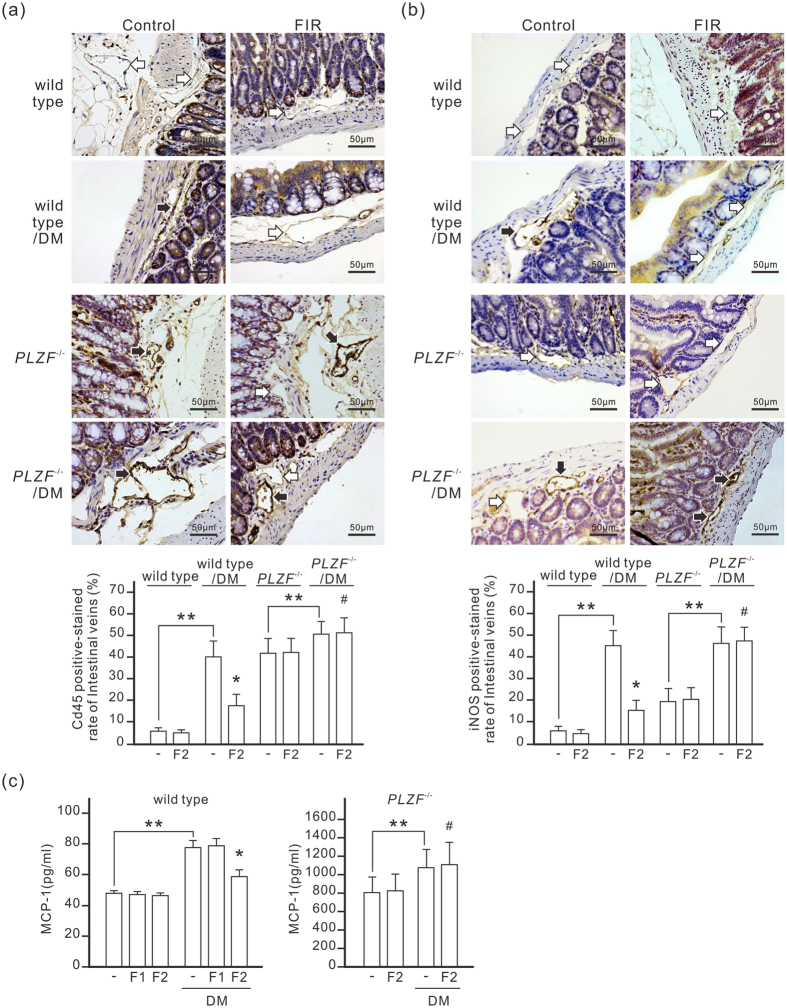Figure 7. FIR-induced PLZF activation reduces vascular endothelial inflammation in diabetic mice.
Mice were exposed to daily FIR irradiation of 30 min for 2 weeks (F2). The white and black arrows indicate the negative- and positive-stained endothelium of intestinal microvessels respectively. The staining results are also presented as a bar chart form of positive-stained rate of intestinal microvessels (the mean ± SD (n = 6 for wild type, n = 5 for PLZF−/− mice)). DM, diabetic mice. *P < 0.05 vs. the DM wild-type mice without FIR irradiation. #No significant difference from the PLZF−/−/DM mice without FIR irradiation. **P < 0.05. Scale bar = 50 μm. (a) The inhibitory effect of FIR on the expression level of CD45 in the endothelium of intestinal microvessels. The intestines from each mouse were stained by immunohistochemistry with anti-CD45 antibody. (b) The inhibitory effect of FIR on the expression level of iNOS in the endothelium of intestinal microvessels. (c) The reducing effect of FIR on serum MCP-1 levels in diabetic mice. Diabetic mice were exposed to daily FIR irradiation of 30 min for 1 (F1) or 2 weeks (F2). Serum MCP-1 was detected by ELISA.

